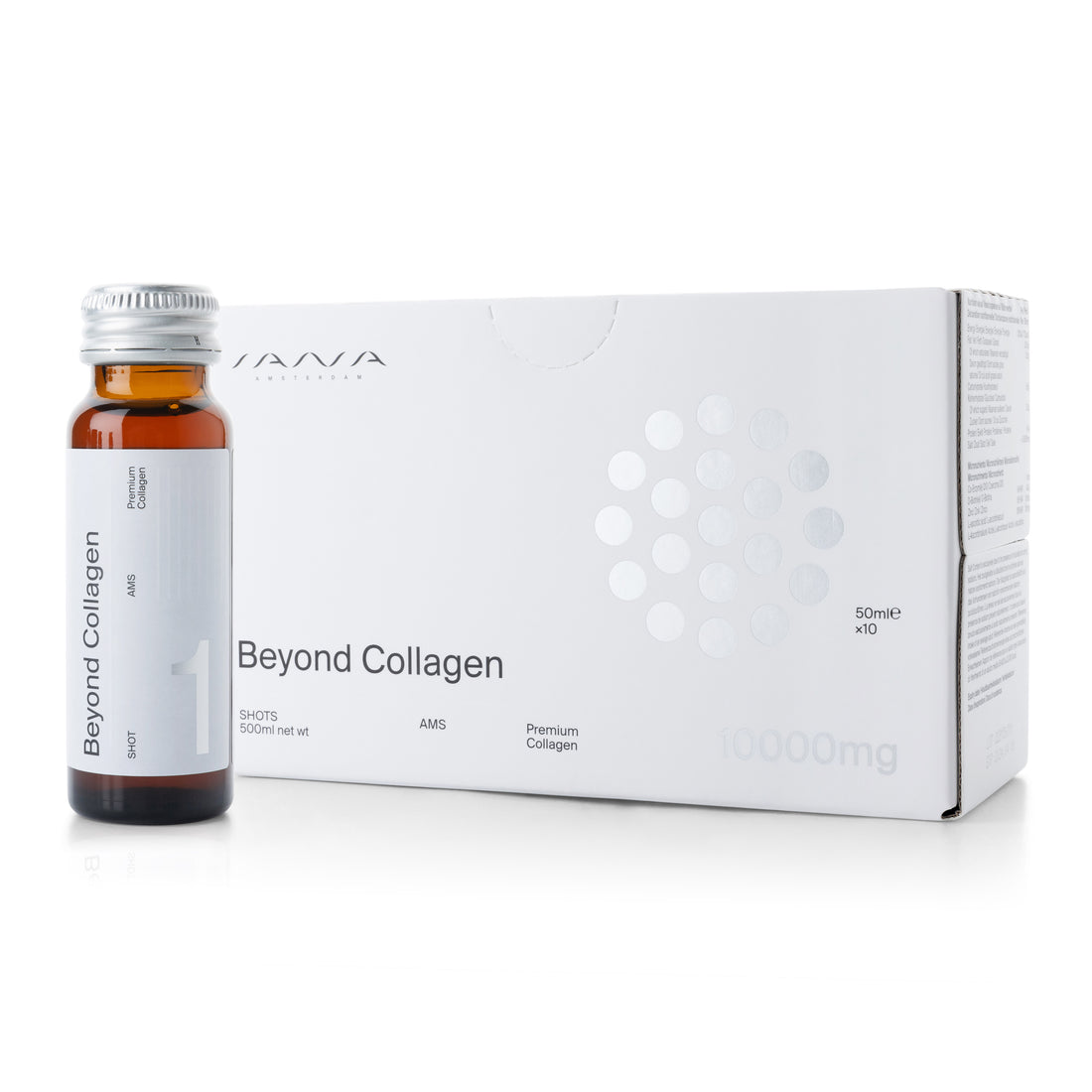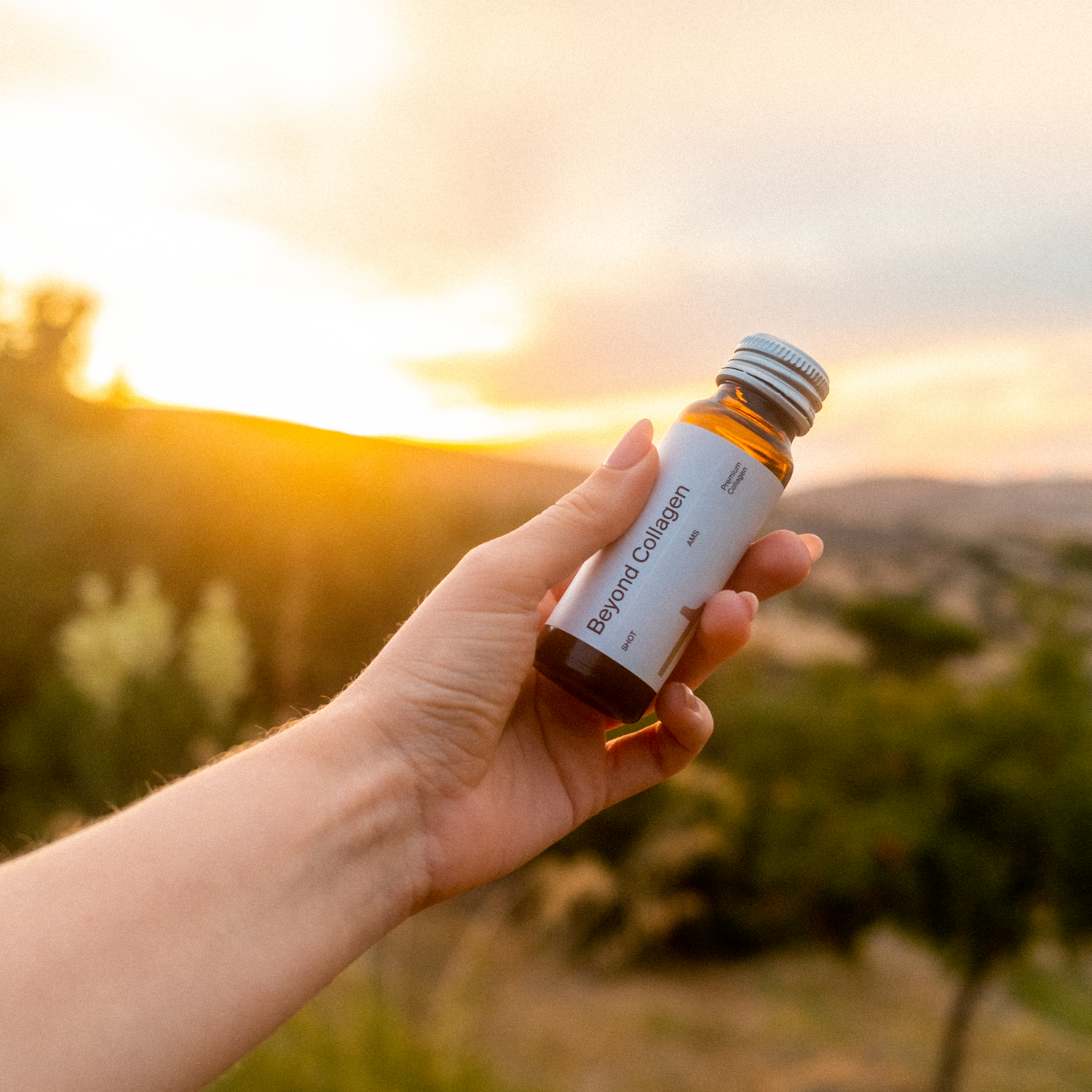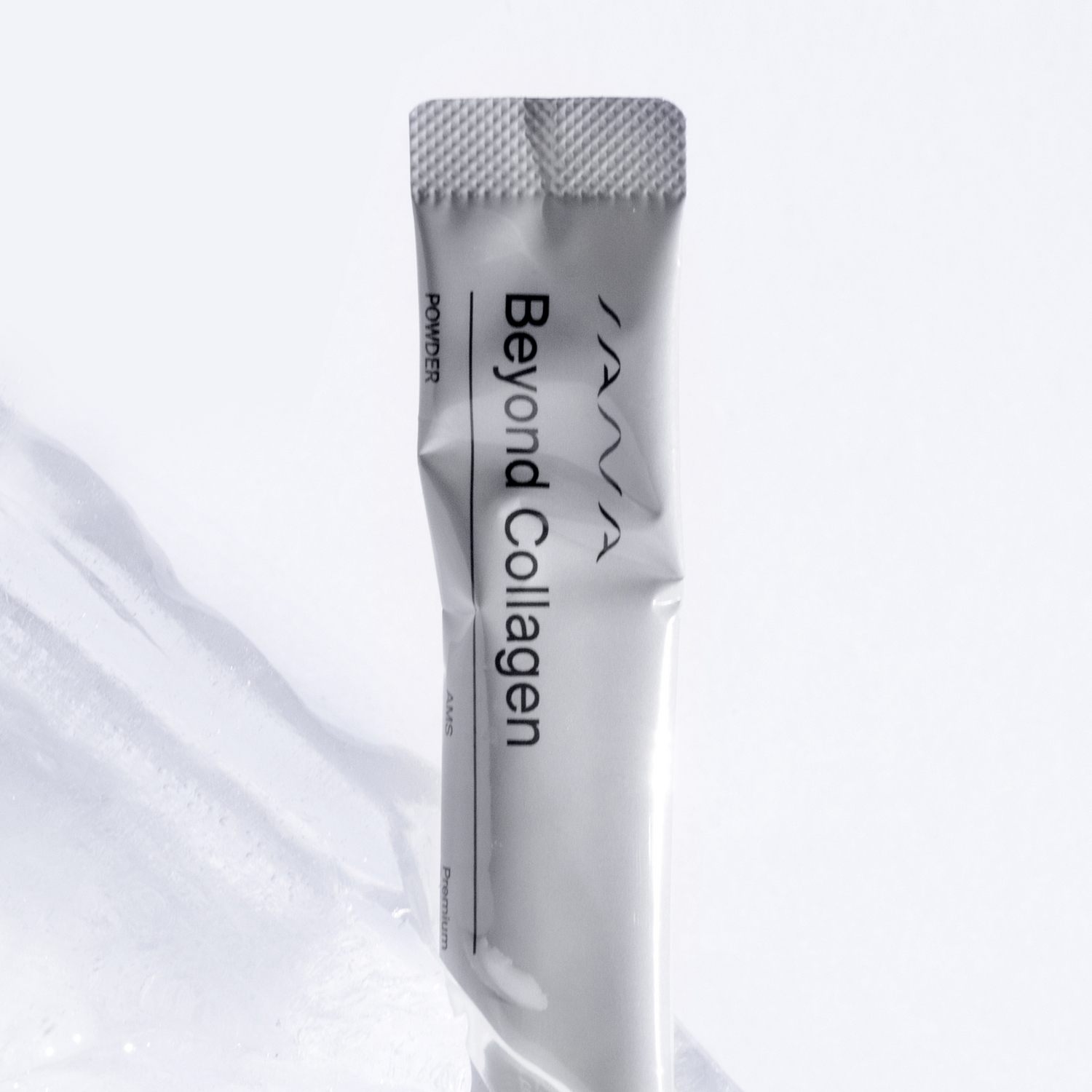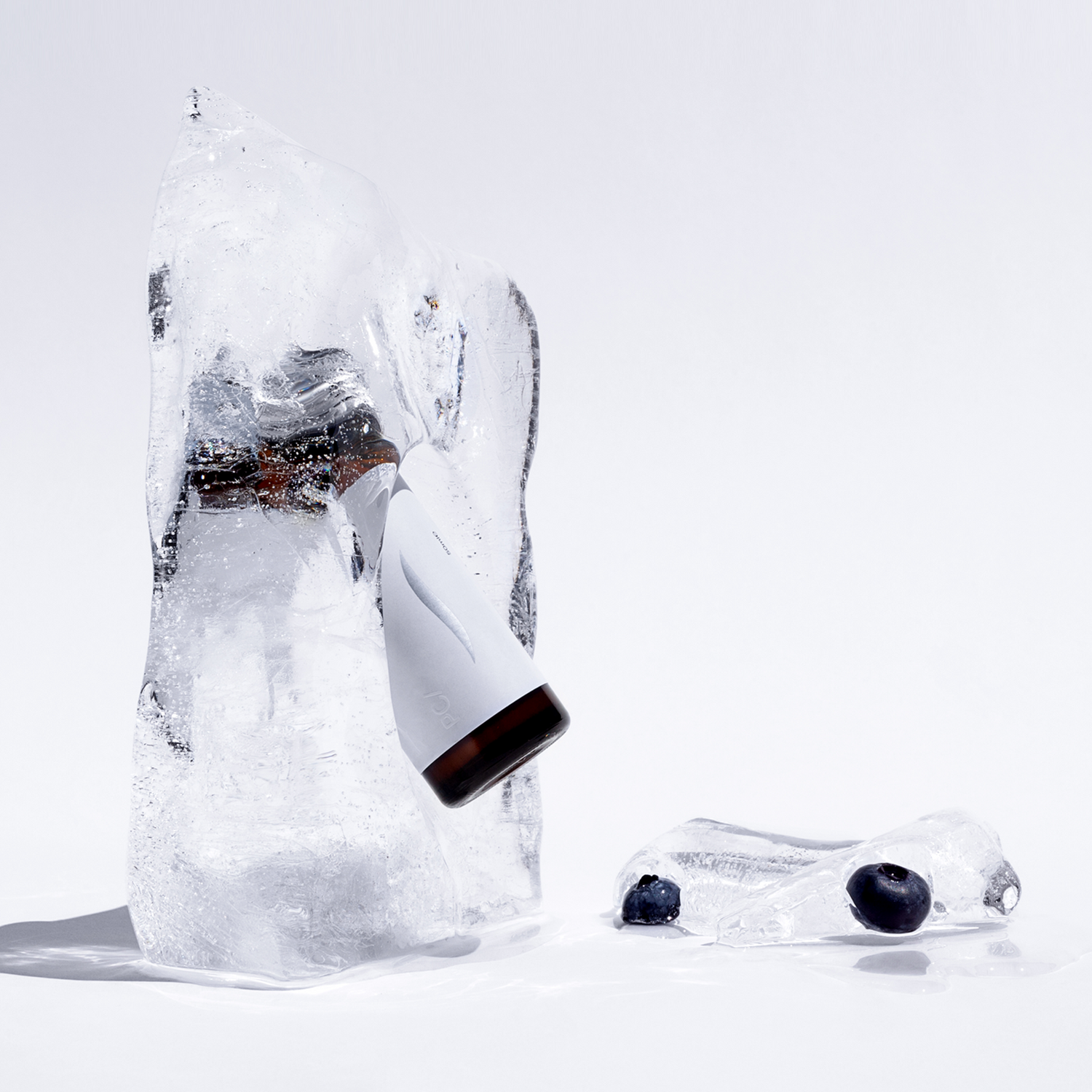Collagen is a buzzword in the health and beauty industry, and for a good reason. This protein, found abundantly in animals, offers numerous benefits for skin, joints, and overall well-being. But did you know that the way we cook collagen-rich foods can impact the availability and integrity of collagen? Let's dive into various cooking techniques and their effects on collagen.
1. Boiling and Simmering
Commonly used in making broths and stews, boiling and simmering are gentle cooking methods that can extract collagen from bones, tendons, and ligaments. Over time, collagen fibers break down into gelatin, giving broths a rich, jelly-like consistency when cooled.
Impact on Collagen: This method preserves and even enhances the availability of collagen, making it easily digestible.
2. Grilling and Broiling
These high-heat, short-duration cooking methods can potentially damage collagen fibers in meats, making them tough.
Impact on Collagen: While grilling and broiling can degrade collagen in the outer layers of meat, the inner portions remain relatively unaffected. It's advisable to avoid overcooking to preserve collagen integrity.
3. Slow Cooking
Slow cookers, by maintaining a consistent low temperature over several hours, allow collagen in meats to break down gradually into gelatin.
Impact on Collagen: This method effectively preserves collagen content, transforming tougher cuts of meat into tender, juicy dishes.
4. Steaming
Steaming, a gentle cooking method, can preserve the collagen present in fish and certain cuts of meat.
Impact on Collagen: Collagen remains largely intact, but it's essential to ensure that the cooking duration isn't prolonged, which could cause collagen fibers to break down excessively.
5. Frying
Frying, whether deep or pan-frying, exposes foods to high temperatures. This can cause collagen fibers to contract and potentially degrade.
Impact on Collagen: Frying isn't the best method if collagen preservation is the primary goal. However, moderate frying while avoiding overcooking can still retain a portion of the collagen.
6. Sous-Vide
Sous-vide is a method where food is vacuum-sealed and cooked in a water bath at precise temperatures. This technique ensures even cooking and retains the moisture and nutrients of the food.
Impact on Collagen: Given its controlled temperature, sous-vide can preserve a significant amount of collagen, especially in collagen-rich cuts.
7. Microwaving
Microwaving uses electromagnetic waves to cook food. While convenient, it can unevenly cook food, potentially damaging collagen in certain spots.
Impact on Collagen: Microwaving might not be the best method for collagen preservation due to its uneven cooking nature.
Conclusion
The way we cook our food plays a pivotal role in the preservation of collagen. For those specifically looking to harness the benefits of dietary collagen, methods like boiling, simmering, and slow cooking are preferable. However, a balanced diet, where various cooking techniques are employed, can still ensure you reap the benefits of collagen. And for those seeking an assured collagen boost, supplements like those from trusted brands can be a reliable addition to the diet.







